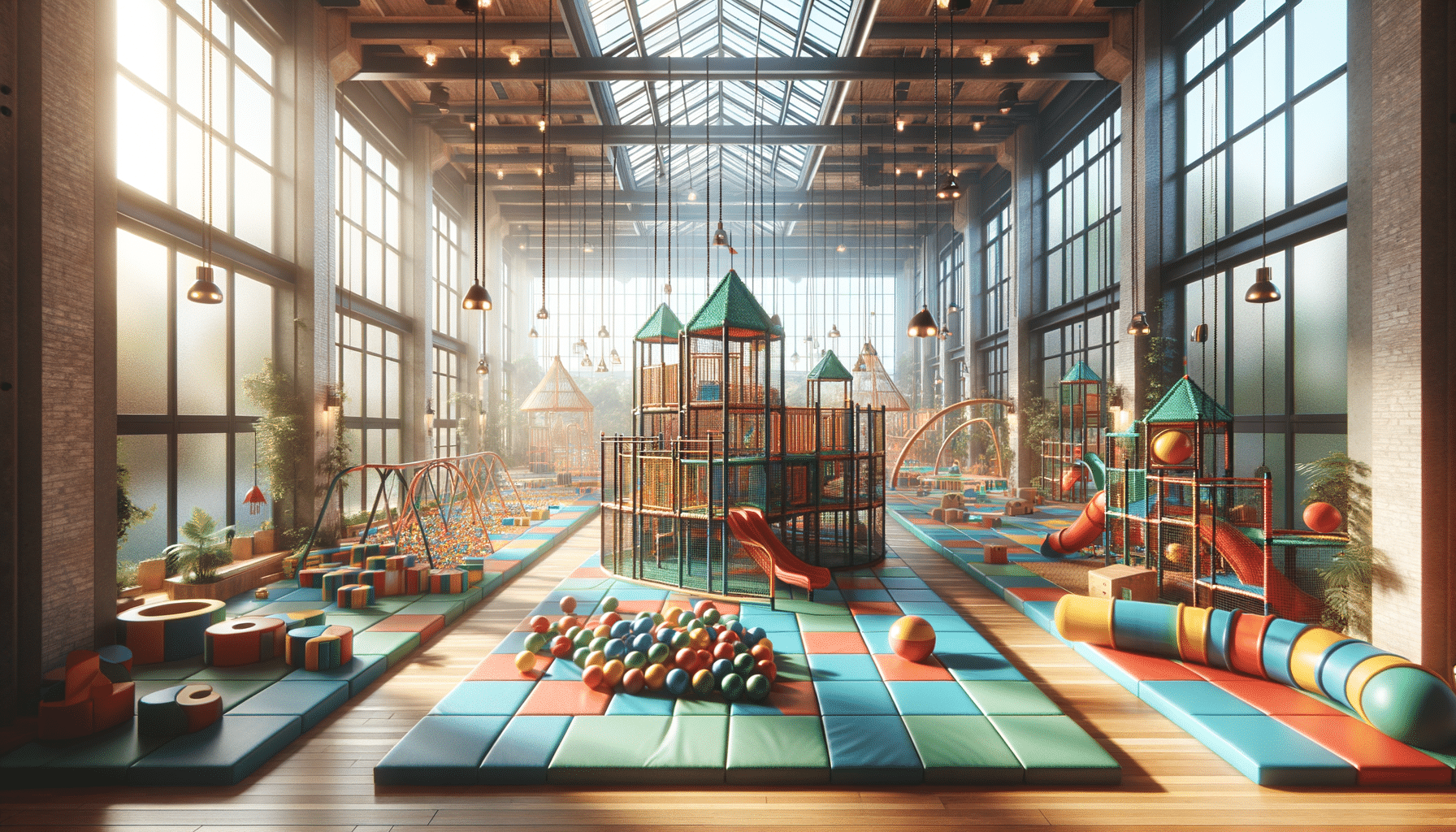Exploring the World of Indoor Playgrounds: A Safe Haven for Children
Indoor playgrounds offer a safe and engaging environment for children to explore, play, and develop essential skills.

Introduction to Indoor Playgrounds
Indoor playgrounds have become a popular choice for parents seeking a safe and engaging environment for their children. These vibrant spaces offer a multitude of benefits, from physical activity to social interaction, all within a controlled setting. As urban areas expand and outdoor play spaces become limited, indoor playgrounds provide a viable alternative for families looking to encourage active play without the constraints of weather or safety concerns.
The importance of indoor playgrounds extends beyond mere entertainment. They serve as crucial developmental arenas where children can enhance their physical, cognitive, and social skills. By offering a variety of play structures and activities, these playgrounds cater to a wide range of interests and abilities, making them inclusive spaces for all children.
The Benefits of Indoor Playgrounds
Indoor playgrounds offer a plethora of benefits that contribute to a child’s overall development. Firstly, they provide a safe environment where children can engage in physical activities without the risks associated with outdoor play. The controlled climate and soft play surfaces reduce the likelihood of injuries, giving parents peace of mind.
Moreover, these playgrounds are designed to stimulate children’s imaginations and creativity. With themed play areas and interactive equipment, children are encouraged to explore and invent new games. This imaginative play is crucial for cognitive development, as it fosters problem-solving skills and creativity.
Social interaction is another key benefit of indoor playgrounds. Children have the opportunity to meet and play with peers, enhancing their social skills and building friendships. These interactions teach children important life skills such as sharing, cooperation, and communication.
Design and Features of Indoor Playgrounds
The design of indoor playgrounds is a critical aspect that determines their appeal and functionality. Most indoor playgrounds are equipped with a variety of play structures, including slides, climbing walls, ball pits, and obstacle courses. These features are strategically designed to cater to different age groups and skill levels, ensuring that all children have access to age-appropriate activities.
Safety is paramount in the design of indoor playgrounds. Materials used are typically soft and non-toxic, and play equipment is regularly inspected to ensure it meets safety standards. Additionally, many playgrounds incorporate sensory play areas for children with special needs, making them inclusive environments.
Innovative technology is also making its way into indoor playgrounds. Interactive screens and virtual reality zones are becoming popular additions, offering children a blend of physical and digital play experiences. These technological features not only keep children engaged but also introduce them to new forms of play.
Indoor Playgrounds and Child Development
Indoor playgrounds play a significant role in fostering child development across various domains. Physically, they encourage active play, which is essential for building strength, coordination, and motor skills. Activities such as climbing and running help children develop balance and agility.
Cognitively, indoor playgrounds stimulate learning through play. Many playgrounds incorporate educational elements in their design, such as puzzles and interactive games, which enhance children’s problem-solving abilities and critical thinking skills.
Emotionally, these playgrounds provide a space where children can express themselves freely. The joy of play and the accomplishment of overcoming challenges boost children’s self-esteem and confidence. Furthermore, the social interactions fostered in these environments help children develop empathy and emotional intelligence.
Choosing the Right Indoor Playground
When selecting an indoor playground, parents should consider several factors to ensure it meets their child’s needs. Location is an important consideration; a playground that is easily accessible can encourage more frequent visits.
Parents should also assess the variety and quality of play equipment available. A good indoor playground should offer diverse activities that cater to different interests and developmental stages. Safety features, such as padded floors and secure play structures, should also be evaluated.
Additionally, it’s beneficial to look for playgrounds that offer additional amenities, such as seating areas for parents, snack bars, and birthday party packages. These features can enhance the overall experience for both children and parents.